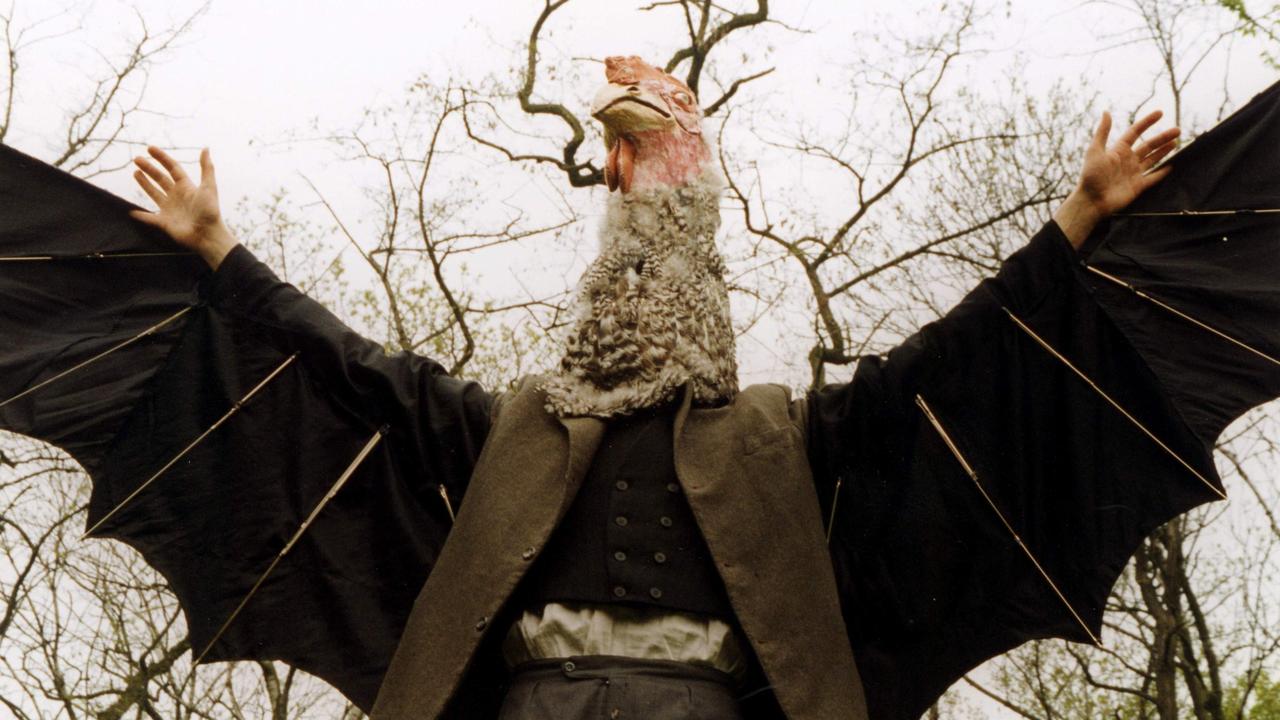
Who doesn’t enjoy a good weird movie every now and then? When properly done, a strange film can excite the viewer who has grown accustomed to the standard mainstream fare to re-engage their passion for the medium or else encourage neophytes into delving deeper down the rabbit hole of more bizarre fare.
The 90s was a boom time for film, particularly independent film: in a decade where indies were turning record profits for smaller studios, odd duck projects could be considered and greenlit as long as they stayed within their budget. From this, the decade produced a number of experimental films and cult classics that further promoted the cause of weird cinema and encouraged directors to let their freak flag fly in the movies they made.
And things got weird: giant insects passing as humans, folk tales turned into extended nightmares, and a big-budget movie about freaks are just some of the strange films on this list. If you enjoy stranger fare, here are 10 totally bizarre films from that great decade, the 1990s.
1. Bad Boy Bubby (1994)
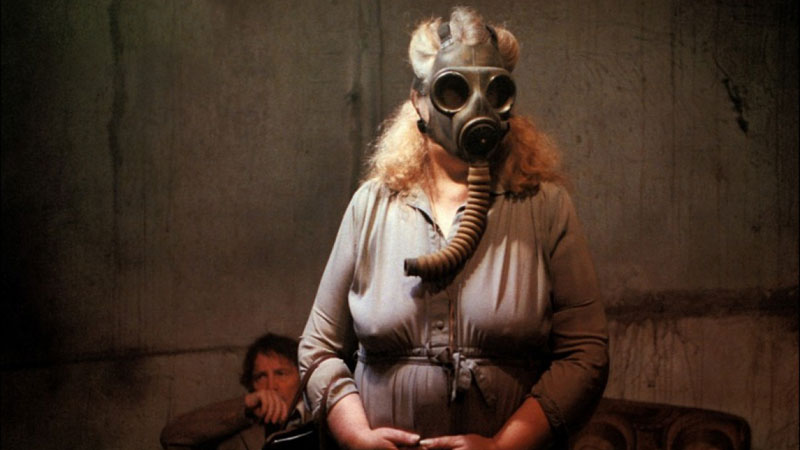
A man locked in a room away from the world by his mother is suddenly sprung into freedom at 35 with no reference point for the world around him. This is the basis for Bad Boy Bubby–a name given to him by his abusive mother and is left completely unable to understand the insane outer world that he’s suddenly thrust into.
In the real world, Bubby finds a mix of success and failure as he struggles to comprehend reality outside of his mother’s apartment, briefly joining a band, finding success with women, and being thrown in jail.
A unique film that was created as an experiment, according to the director, Bad Boy Bubby uses binaural microphones attached to the main actor’s wig to replicate what he would hear and a different cinematographer for every scene to give each new experience Bubby encounters its own unique look. Bad Boy Bubby is a bizarre comedy-drama reminiscent of Terry Gilliam’s work.
2. Institute Benjamenta (1996)
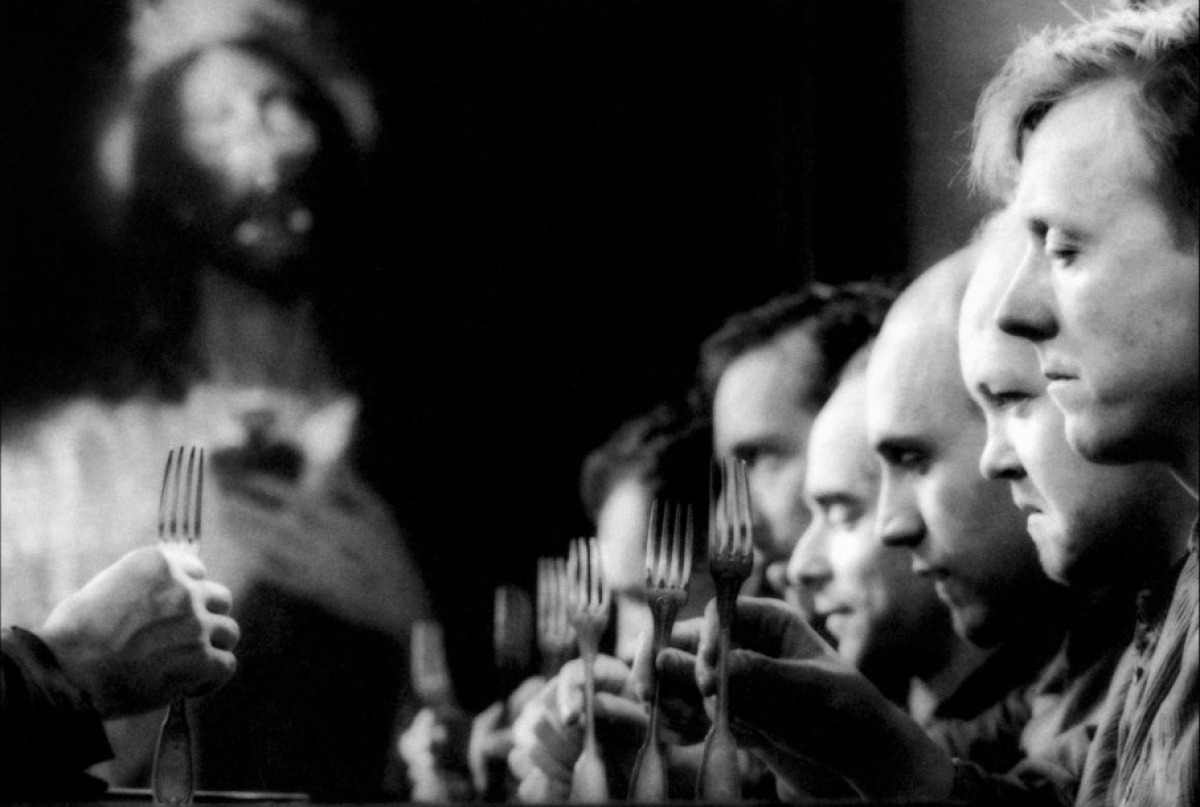
After he begins training at a strange school for servants, Jakob falls in love with Lisa, a young woman who runs the school with her brother. Their lessons are strange, involving lessons in movement and servility, mostly reinforcing the students’ unimportance (which, in theory, believing this will make them better servants).
But as he spends more time at the school–at which no new people ever arrive and nobody ever leaves–he and Lisa grow closer. However, after her health turns for the worse, her brother Johannes begins to blame Jakob for the increasingly disastrous state of affairs at the school.
Institute Benjamenta, or This Dream People Call Human Life, is a wildly surreal film. Shot in black-and-white and evoking the aesthetic of a demented silent film, Institute Benjamenta plays like the fuzzy memory of a nightmare and its ritualistic lessons of banality are both humorous and impenetrably obscure to the viewer.
The influential stop motion animators Brothers Quay’s first full-length feature film still plays like one of their bizarre stop motion short films, which provides Institute Benjamenta its creepy atmosphere.
3. The Pillow Book (1996)
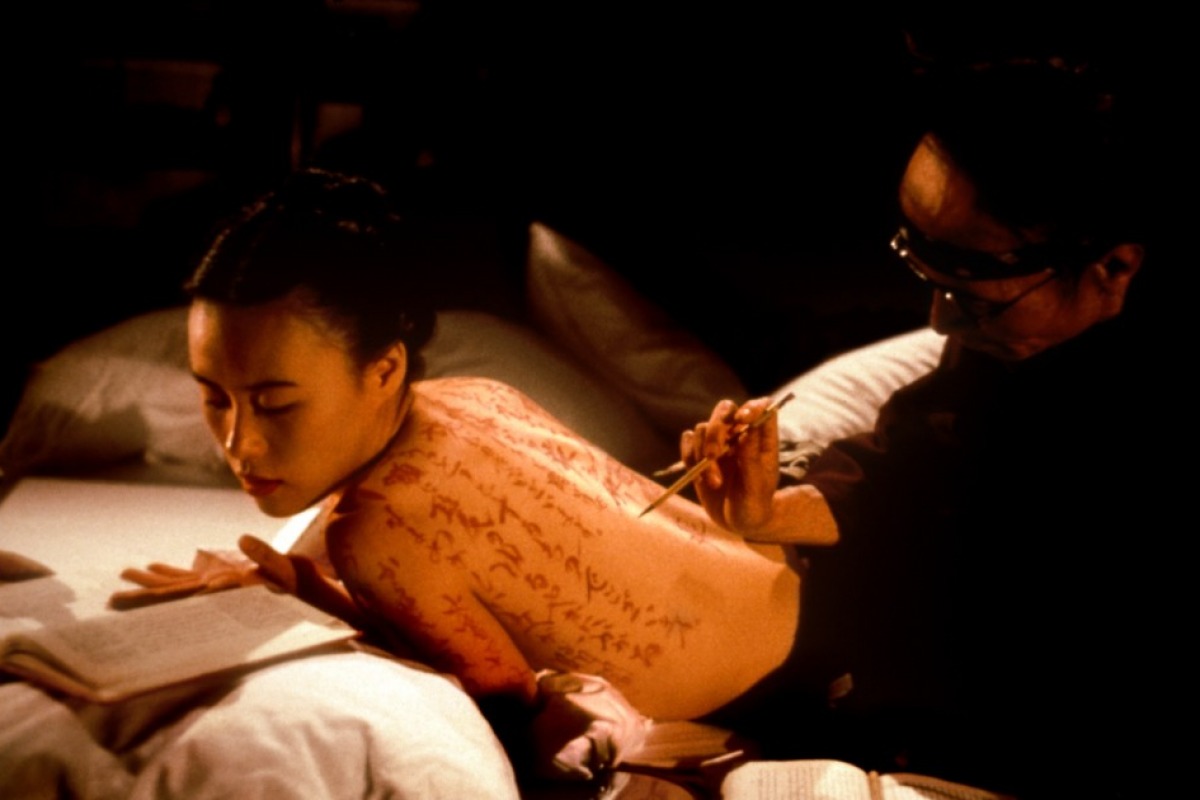
A movie that combines sex and calligraphy, The Pillow book follows the increasingly esoteric adventures of Nagiko, who leaves her closeted husband to live in Hong Kong. There, she works as a model and entertains numerous lovers, who she seeks out for their ability to write calligraphy on her body and she theirs, finally finding a lover that both find satisfaction in her obscure passion.
But a cruel publisher that had formerly kept her father under his thumb similarly becomes obsessed with Nagiko and her lover, eventually using her lover’s body to create a book. Nagiko then starts composing her own book to take her vengeance on the publisher.
Both poetic and explicit, Peter Greenaway’s The Pillow Book is a unique, intellectually challenging film that approaches what could be considered pornographic by turning it into high art instead. A movie that at first description sounds like it would be impossible material to relate and work with in a film instead becomes a strength, with Greenaway masterfully using the sheer strangeness of the story as a gateway to create a wholly original film.
While the film may be difficult to initially engage, a viewer that makes the effort will find much in The Pillow Book that hasn’t been done before in film.
4. Wax, or the Discovery of Television Among the Bees (1991)
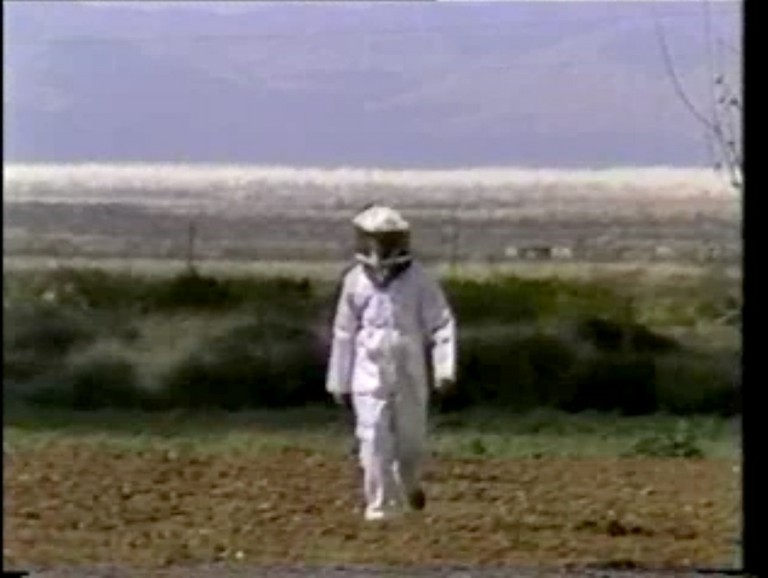
Generally, experimental films don’t do well commercially: the very nature of these films–often non-linear narratives with obscure meanings or are else purposely anti-commercial–resist genre classification and even sense itself. But Wax, or the Discovery of Television Among the Bees, became a rare experimental film that caught popular notice for being the first independent film edited on a non-linear editing system and the first film to be reformatted as a hypertext and put online.
This bizarre narrative intersperses stock and original footage to create a meditation on war, death, science fiction, and of course bees. This dream-like film follows a beekeeper who develops flight simulators and falls into a sort of reverie that the viewer watches unfold, Wax, or the Discovery of Television Among the Bees is the kind of experimental film that benefitted from adapting to the then-nascent internet culture and found purchase among the tech community for being an online pioneer.
Now in the 21st century, Wax is an interesting historical piece that waxes philosophic about the brave new technological world we were just starting to enter and its unknown possibilities.
5. Léolo (1992)
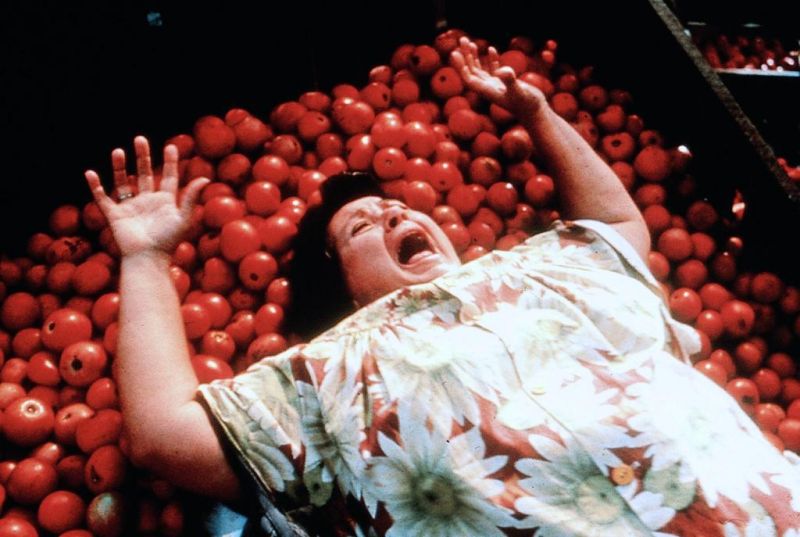
Childhood is often recalled in dream-like, half-remembered memories that seem more surreal than tangible. This is the point-of-view that Leolo takes as a childhood is observed through the eyes of a young boy growing up in tenement housing in Montreal with his dysfunctional family. Discovering sexual feelings, resolving his own ideas of his family, and trying to make sense out of a seemingly nonsensical world.
Constructed with a thoughtful gaze at the confusion childhood can engender, director Jean-Claude Lauzon made a stylish and odd film about the difficulties Léo Lauzon endures as he witnesses his (most likely mentally disturbed) family members go about their odd lives, interspersed with his own fantastic reasoning as to his parentage and how the events of his life took place.
Dreamy, weird, and steadfast in its cinematic devotion to depicting childhood as both a contrasting fantastic and nightmarish experience, it was sadly director Lauzon’s final film as he died in a plane crash during his follow-up project. If you enjoy the work of Terry Gilliam or Jean-Pierre Jeunet, Léolo is a rarified film that meshes the surreal with memories of the sometimes strange experience of childhood.